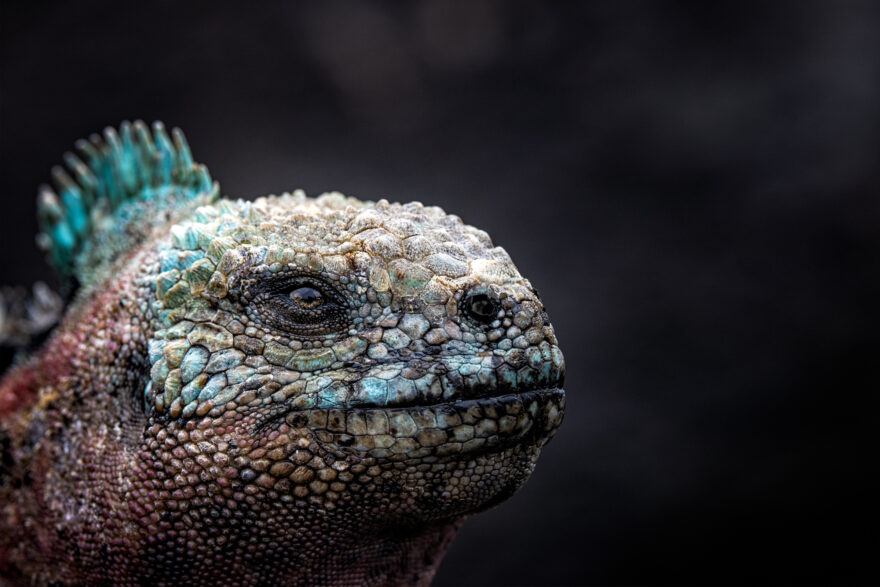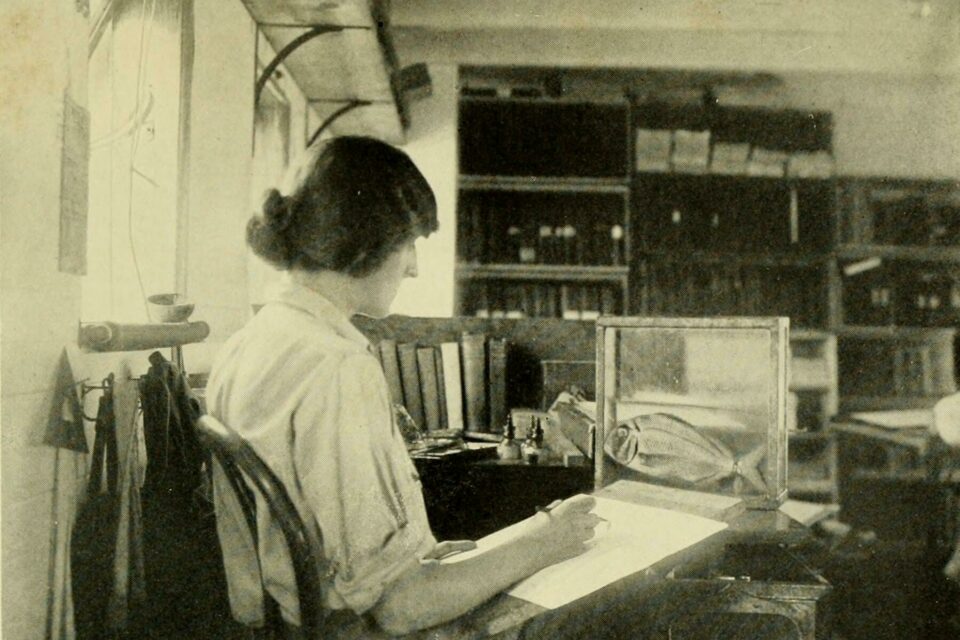
Charles Darwin
The most celebrated visitor to Galapagos was undoubtedly the young Charles Darwin in 1835 on board HMS Beagle, commanded by Captain Robert FitzRoy. The ship was homeward bound after spending three years charting the coasts of South America from the Rio de la Plata round to Chiloe in southern Chile. In his travels ashore on the pampas of Argentina and in the Cordilleras of the Andes, collecting animals and fossils and studying the geology, Charles Darwin had been exposed to a wider range of phenomena than any previous scientist.
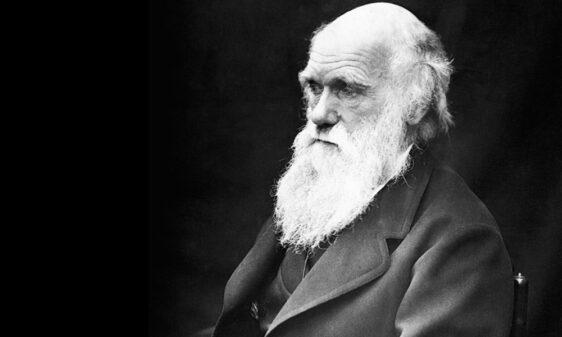
His innate qualities of enquiring critically with an open mind into the whys and wherefores of every one of his observations had given rise to doubts in his mind about the correctness of the view of the Creation held at that time by most scientists, as well as the Church, maintaining that all species were fixed and unchanging. In Galapagos he found a remarkable population of plants, birds and reptiles that had developed in isolation from the mainland, but often differed on almost identical islands next to one another, and whose characteristics he could only explain by a gradual transformation of the various species.
On the Origin of Species
Soon after his return to England in 1836, Charles Darwin arrived at the principle of ‘natural selection’ as a mechanism for the creation of new species, but for the next 20 years he kept his ideas strictly to himself, Charles Lyell, and Joseph Hooker, while he patiently amassed evidence in their support. On 1 July 1858, in response to a letter from Alfred Russel Wallace who had come up with a virtually identical theory, though with less supporting evidence, the joint Darwin-Wallace papers were presented in outline to the Linnean Society of London. Darwin then settled down to write a fuller account of his theory and On the Origin of Species was released to the booksellers on 24 November 1859.
Although his ideas were soon accepted by the majority of scientists, the challenge that they offered to the Church and to the rest of society took longer to make its mark, but their importance in obliging mankind to take a radically fresh view of itself has long since been universally recognised.
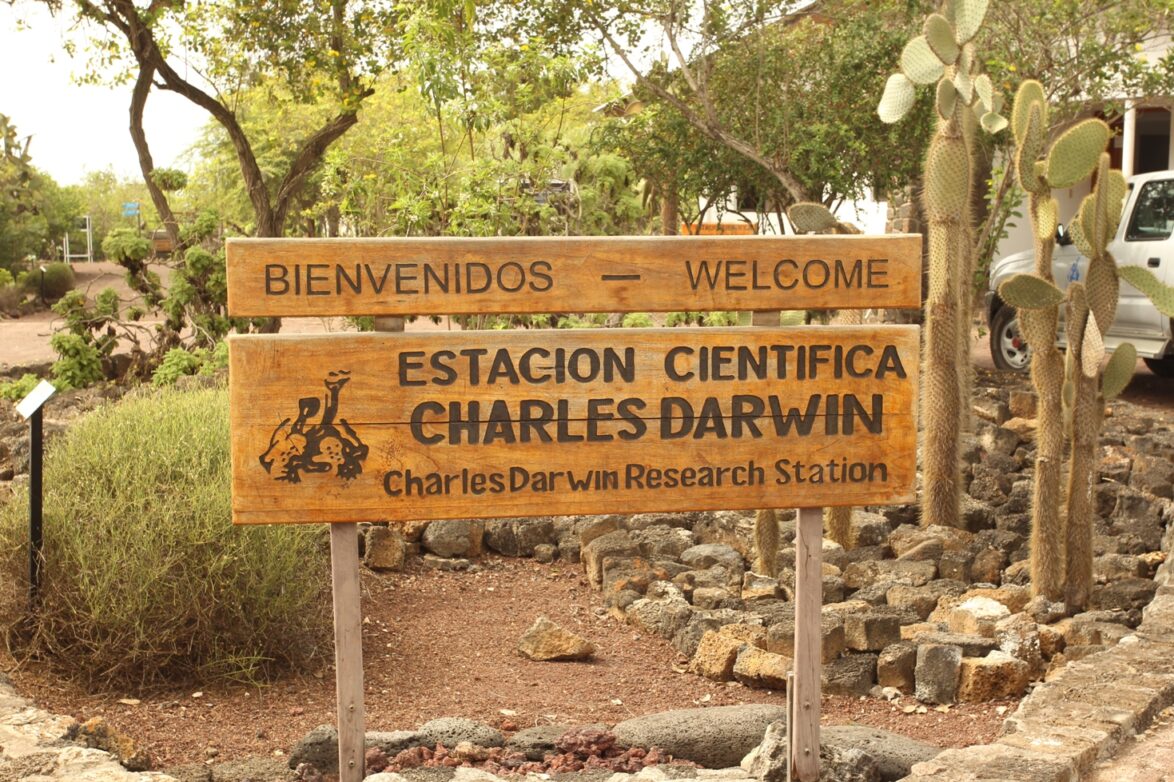
Darwin’s voyage on the Beagle
The events that led to Darwin’s recruitment to sail on HMS Beagle were somewhat bizarre. When in 1830 Captain Robert FitzRoy was commanding the ship on the first of her two survey voyages, he had trouble in Tierra del Fuego because of the tendency of the local people to steal everything on which they could lay their hands. He tried to curb their thieving by taking some hostages, but they preferred retention of their booty to the release of their comrades. He was left with four Fuegians on his hands and conceived of the notion of taking them back to England to be educated, and later returning to Tierra del Fuego to pass on the benefits of civilisation to their people.
The Lords Commissioners of the Admiralty were not very sympathetic to his philanthropic proposals, but eventually succumbed to pressure from his influential relatives and re-appointed him to the command of the ship in 1831 so that he could both complete the survey and repatriate his Fuegians. FitzRoy had recorded in 1830 that if he went out again he would like to have a geologist with him to examine the land while he and his officers looked after the hydrography. He asked his friends at Cambridge University to suggest a suitable person for this post and they came up with the name of Charles Darwin, who had just graduated in theology but was considered to have much promise both in geology and in natural history. After Charles’ father had been persuaded that the trip would not be unsuitable to his chosen profession as a clergyman, he was interviewed by FitzRoy and accepted as his companion to serve as the Beagle’s geologist and naturalist.
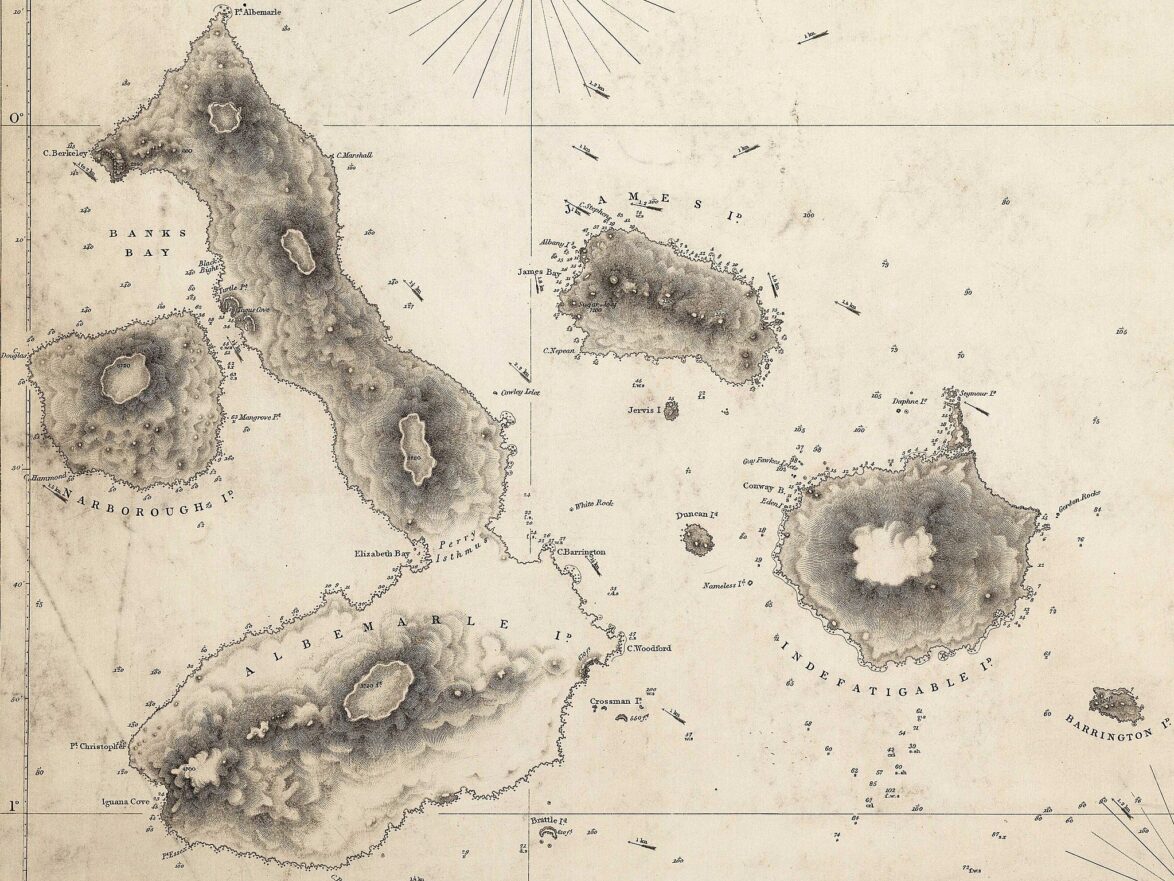
The role of Galapagos in Darwin’s theory
In the opening sentence of On the Origin of Species, Darwin affirmed that his observations when on board HMS Beagle had played a vital part in the development of his theories. However, the idea that he was struck by a blinding flash of inspiration upon first landing in Galapagos and seeing the finches that came to bear his name is far from the truth.
It is clear from his notes that he continued for some nine months after visiting Galapagos to believe in the fixity of species, and his earliest doubts about the correctness of this doctrine, written around 1 July 1836 on the last leg of the journey, were based on the mockingbirds that he had collected, not the finches. It was only in March 1837 that the penny dropped, when the ornithologist John Gould reported to him that the finches were not, as he had supposed, members of several widely different families, but all belonged to one remarkable new family now known as the Geospizinae. It then became clear that Darwin had mixed up some of his specimens and had not recorded with his usual care exactly where all of them had been collected, so that he was obliged to seek help from those of his shipmates who had also shot some finches.
The resulting collection, now lodged at the Natural History Museum in London, has been described as a taxonomist’s nightmare. Nevertheless, the manner in which members of this family of birds had evolved to fill several distinctly different ecological niches has been fully confirmed by later work and recent studies in Galapagos on the beaks of the finches have provided striking new evidence on the operation of natural selection in real time.
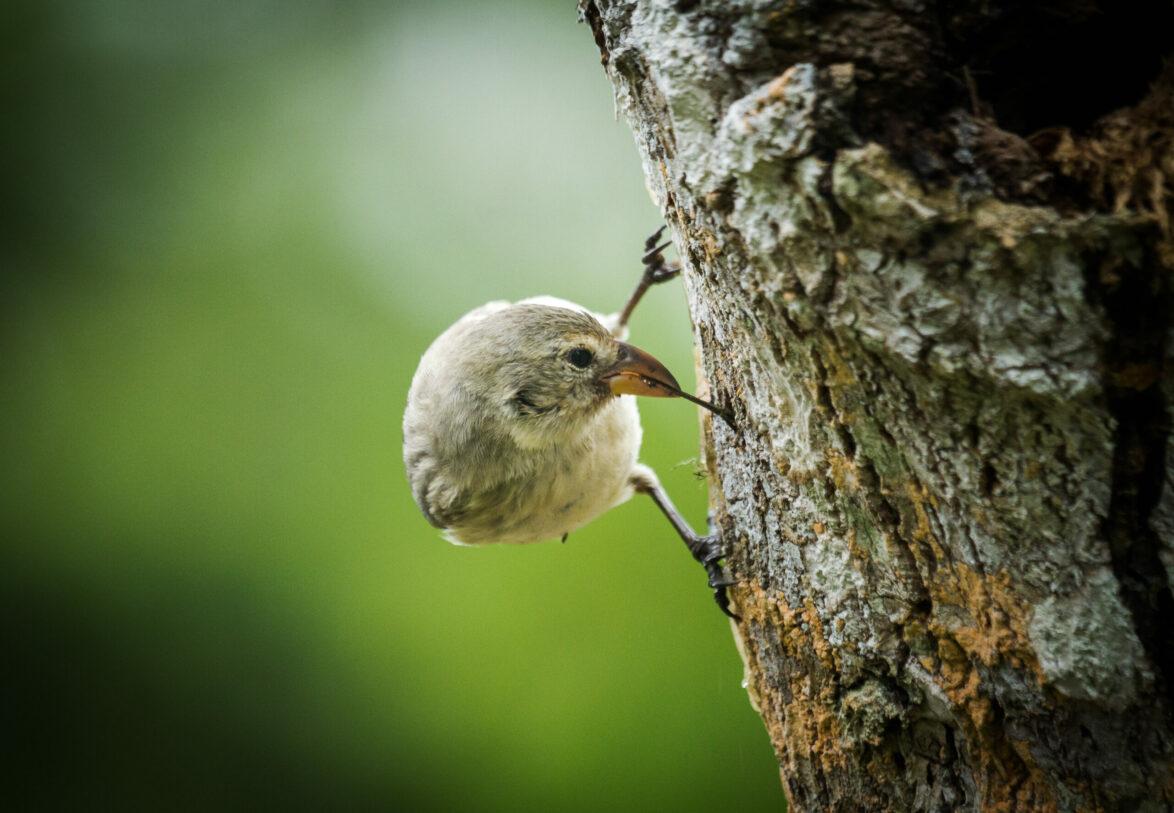
Conservation in Galapagos
The concept of conservation had yet to be born in 1835 and, as has been seen, Charles Darwin behaved as all his predecessors did and departed with a large cargo of tortoises. But within ten years the tortoises were extinct on Floreana Island, partly because of heavy depredations by visiting ships and partly because the tortoises were losing out through competition with the goats that had been introduced and the destruction of their eggs and young by dogs and rats. Darwin would have been the first to appreciate the vital importance of protecting the fauna and flora from feral competitors if the Enchanted Isles were to remain as he found them.
Discover Darwin
To find out more about Charles Darwin and his theory of evolution, visit our Discovering Galapagos educational website.
Find out more about the history of Galapagos

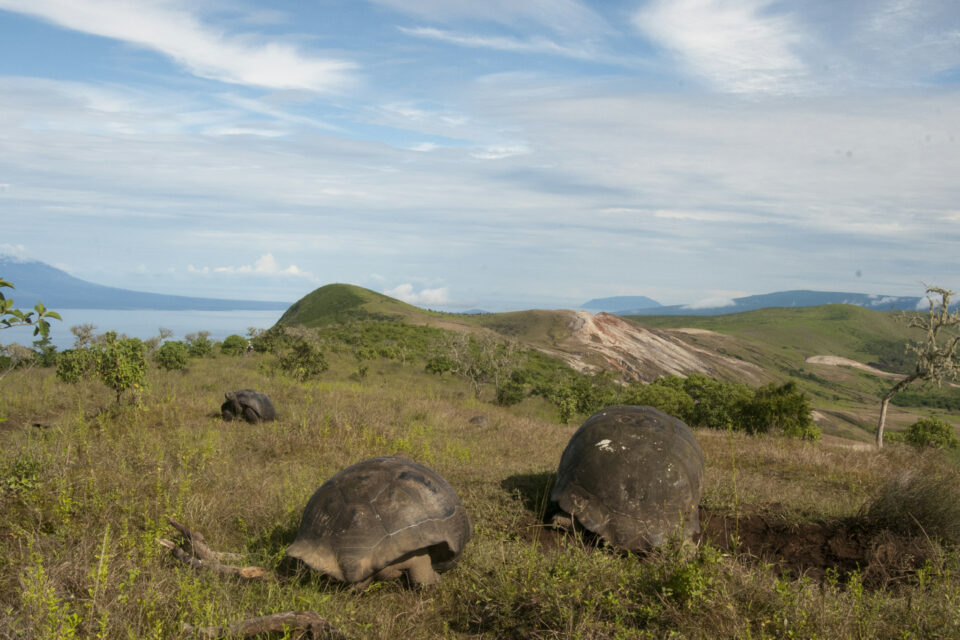
The history of the Galapagos giant tortoise
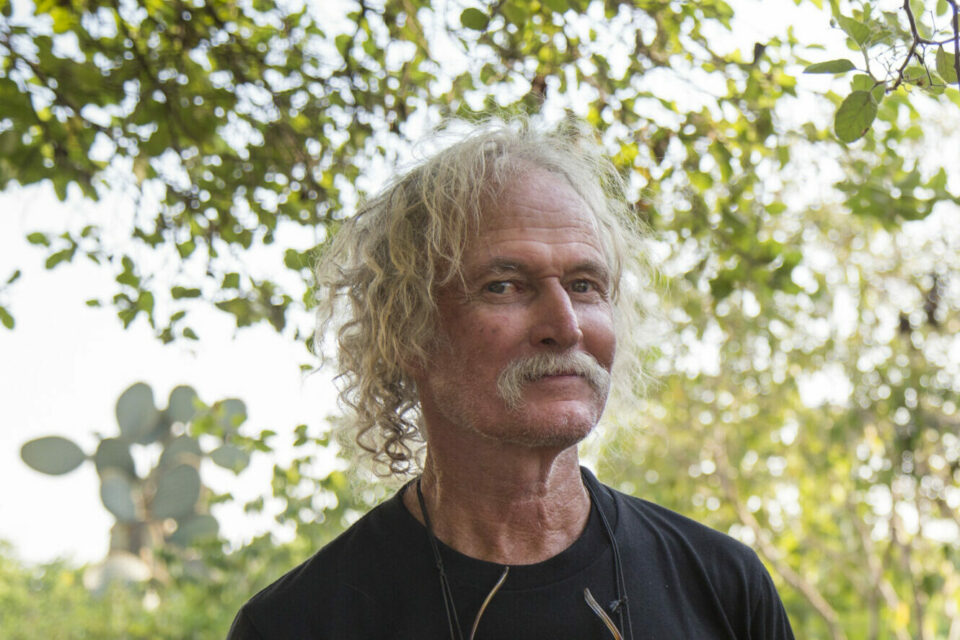
Remembering Godfrey Merlen
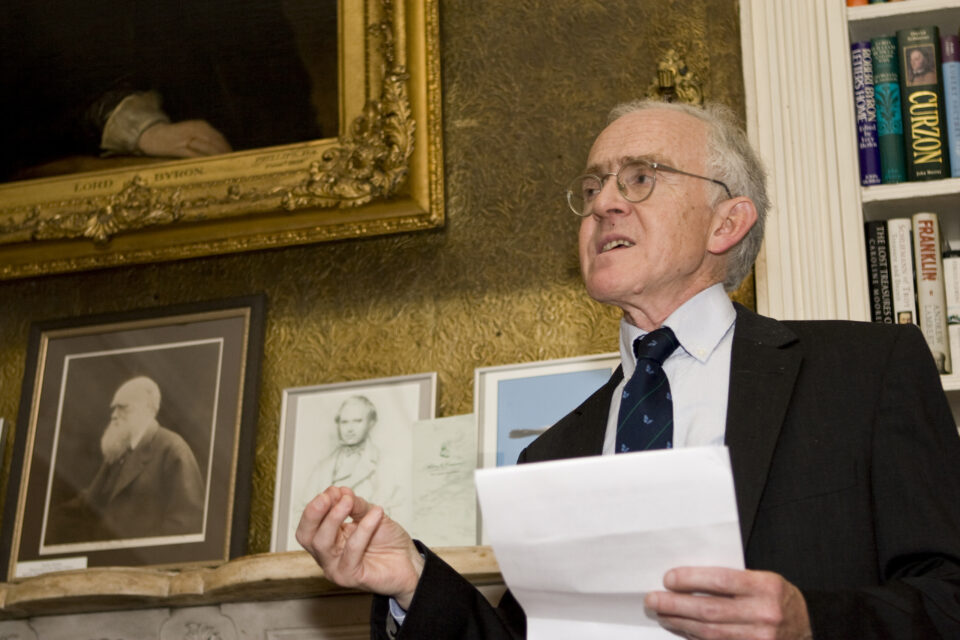
Remembering Randal Keynes
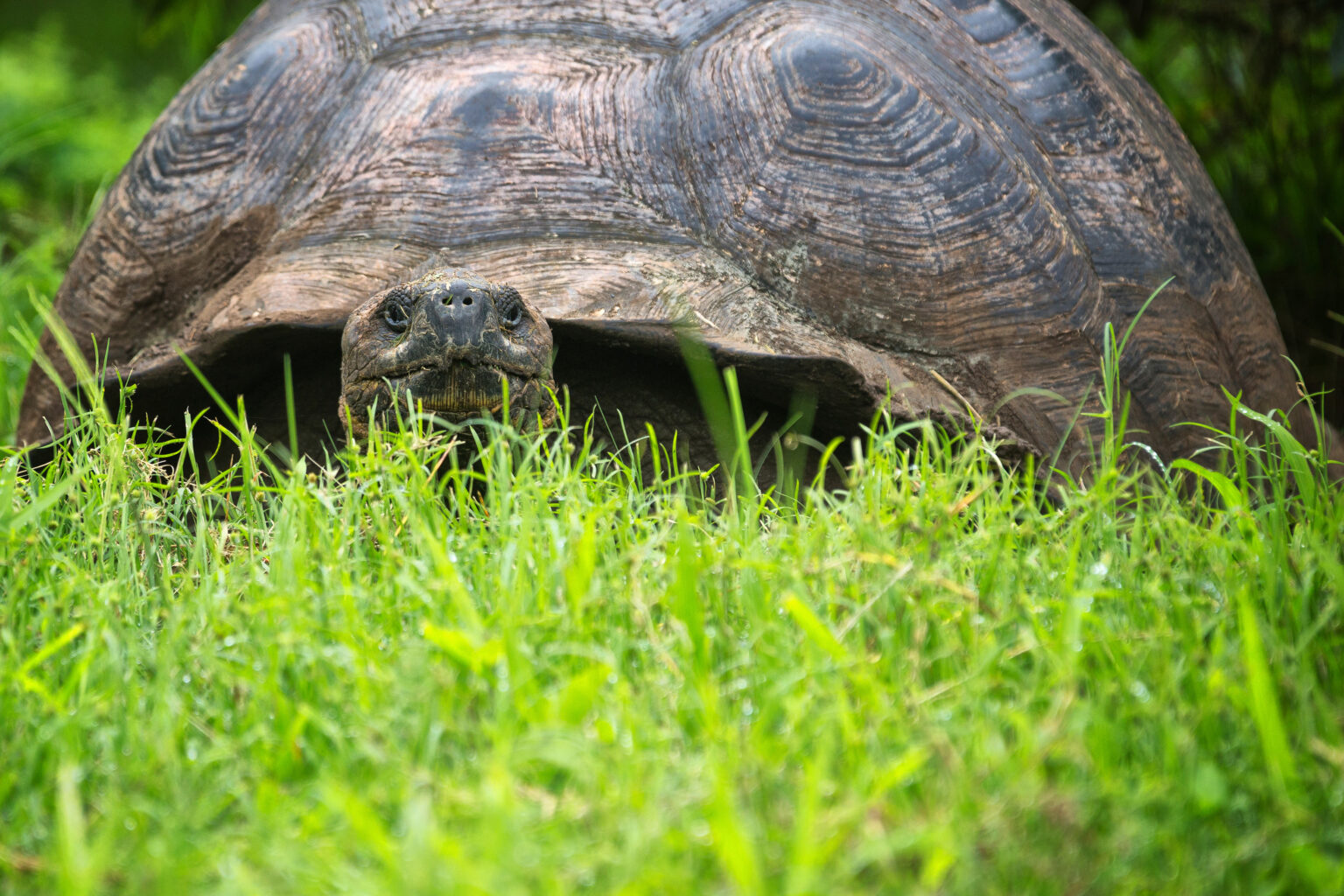
Help us to preserve Darwin’s legacy
There are many ways to support our vision for a sustainable Galapagos: why not adopt an animal, become a GCT member or donate today?

